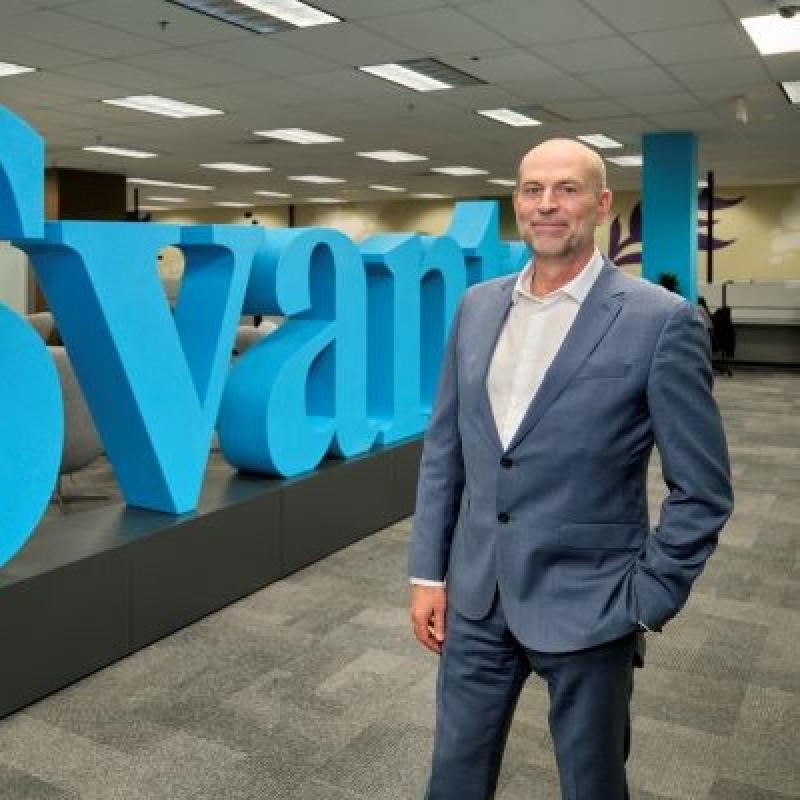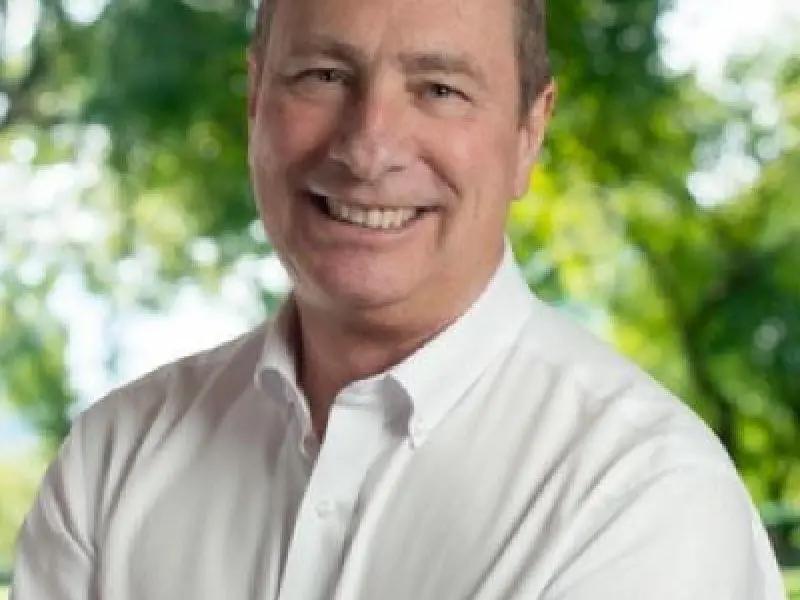
Svante, a Vancouver-based carbon-capture company, has forged an agreement with Schenectady, N.Y-based GE Gas Power to develop the use of solid sorbents to decarbonize gas-fired power plants and lower carbon-capture costs.
Led by president and CEO Claude Letourneau, Svante is a major player in the Canadian carbon capture space. In December 2022, it received US$318 million in a funding round led by Chevron New Energies, adding to a total of over US$500 million in funding over six years.
Letourneau told SustainableBiz the Svante-GE Gas Power agreement will focus on gas-fired plants being built to replace coal-fired plants.
GE Gas Power has access to approximately 60 per cent of the installed gas turbines around the world, according to Letourneau, which opens an opportunity to tackle the decarbonization of gas-fired plants at scale.
Svante’s solid sorbents
Svante is adding gas-fired power plants to its list of industries already utilizing its solid sorbent carbon capture — including hydrogen, pulp and paper, lime, cement, steel, aluminum and chemicals.
The zinc oxide-based filters feature microscopically-fine pores that can capture carbon dioxide in natural gas plant flue stacks, while letting nitrogen pass through.
Carbon dioxide from the emissions is concentrated to 95 per cent purity. By increasing the filter temperature to 140 Celcius, carbon dioxide is removed and the filter is regenerated in less than 30 seconds, so catching and releasing carbon dioxide takes less than a minute.
The carbon dioxide can be stored in saline aquifers where it is converted into solid calcium carbonate, or used for other industrial purposes.
Unlike liquid solvents, Letourneau said the solid sorbent does not leak harmful process byproducts, which makes it a more environmentally friendly option.
Gas-fired plants are being built in large numbers to replace coal-fired plants as a source of base-load power, as renewable sources cannot yet fill the energy gap. But gas-fired plants still emit greenhouse gases, and GE Gas Power is looking to decarbonize its gas-fired power generation.
A key problem the partnership is attempting to solve is the high cost of carbon capture. Letourneau said carbon-capture clients “want to do this at an affordable price.” Svante has a sorbent that works with direct air capture, but costs around US$300 to US$600 per tonne of captured carbon.
Svante’s goal is to commercialize carbon capture and reduce the cost to below US$100 per tonne.
The GE Gas Power partnership
GE Gas Power is part of GE Vernova, the energy business of Boston-based General Electric Company (GE). It was involved in Svante's US$318-million funding round and is helping to develop the solid sorbent.
Letourneau said GE searched the market for an alternative to liquid sorbents that can be produced rapidly and installed compactly in existing gas-fired plants.
GE was attracted to Svante's leadership in the carbon-capture industry, and its approach to partnering with stakeholders in the carbon capture and storage value chain to “accelerate rapid deployment of carbon-capture projects throughout the industry once the sorbent is developed in a few years.”
The partnership entails three pillars: partners to make the filters, partners to go to market, and partnerships with early adopters.
If the solid sorbent is successful, Svante will utilize GE as a channel-to-market partner to deploy carbon-capture plants onto an industry of over 7,000 gas turbines. Svante is currently focusing its solid sorbents for use in North American natural gas plants with eventual plans for worldwide deployment.
Letourneau said Svante is also working to reduce the required capital investment into carbon capture by around 10 to 20 per cent over the next 10 years by increasing its efficiency.
However, the “real challenge” Letourneau identified is finding a company that can deploy the carbon-capture plants quickly and at a low cost. He said Svante is trying to solve this problem with its business model to deliver and deploy capture plants with partners in North America, and offer customers a one-stop shop with affordable costs and scheduling certainty.
"The GE or Rolls-Royce of carbon capture"
Letourneau said the 2023-2024 Canadian federal budget is a boon for Svante with its support for carbon capture through investment tax credits and grants.
Financial assistance from the government will help Svante build its manufacturing facility in Vancouver to deploy carbon capture rapidly, he said, and the budget would add certainty for its business with a carbon contract for difference.
“It sends a strong message to the rest of the world that Canada is serious about carbon capture,” Letourneau said.
His ambition is to see Svante become “the GE or Rolls-Royce of carbon capture,” that can produce filters for any carbon-capture plant and meet a goal for 10,000 carbon-capture facilities over the next 30 years.










